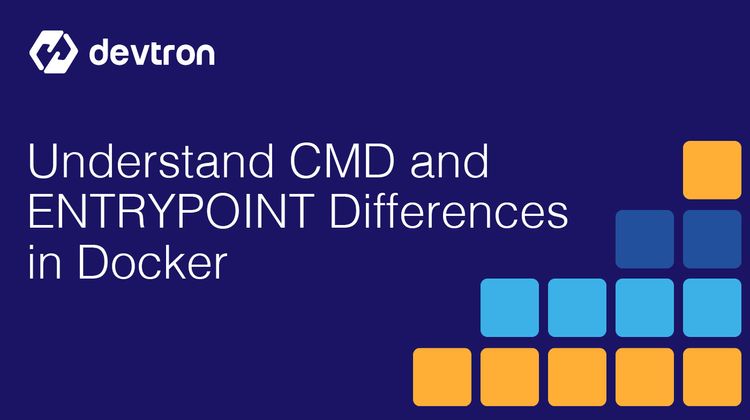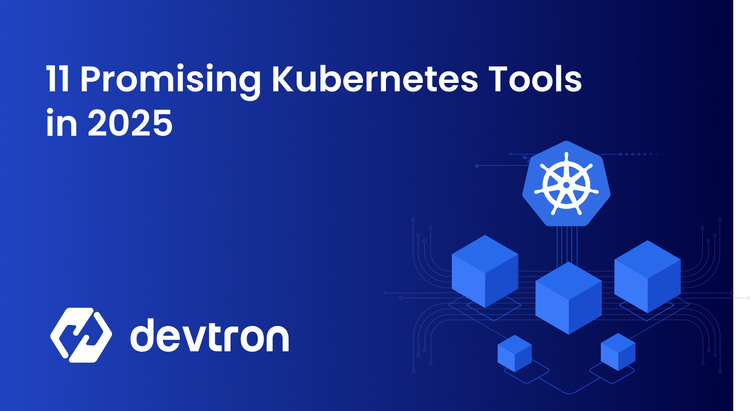In today’s digital world, security is everything. No one wants to see their software become the next target of a cyberattack, right? But the sad truth is, many software development teams leave security as an afterthought. They wait until it’s too late, only to face massive breaches that could have been avoided. That's where Secure SDLC (Software Development Life Cycle) comes in. By weaving security practices into every stage of development, teams can ensure their applications are safe and resilient.
Please read this blog to learn more about the entire Software Development Lifecycle.
In this blog, we’re diving into the best practices of Secure SDLC—so you can protect your applications and your users, while also building great software. Let’s get started!
Importance of a Secure SDLC
Before we jump into the specifics, let's talk about why secure SDLC practices are so crucial. The biggest reason is risk management. When security is an afterthought, vulnerabilities sneak in, and that’s when bad things happen—whether it’s a data breach, financial loss, or reputational damage.
By incorporating security at every stage of development, you’ll not only minimize risks but also:
- Prevent costly breaches: Security built into the process helps avoid vulnerabilities before they become problems.
- Ensure compliance: Many industries have regulations (think GDPR, HIPAA, PCI-DSS), and secure SDLC helps you stay compliant.
- Build trust with users: Customers appreciate knowing that their data is protected. A security-focused approach builds that trust.
Now, let’s break down the best practices that you should integrate into your secure SDLC.
Best Practices for a Secure SDLC
In order to create a secure SDLC, there are a couple of best practices that should be followed throughout the SDLC lifecycle. Let’s take a look at the best practices and understand how they can help implement a secure SDLC.
1. Implement Security from the Start (Security by Design)
When it comes to building secure software, the best approach is to prioritize security from the very beginning. This is known as "Security by Design," and it means integrating security practices into every phase of the development process, starting with the initial planning. One of the first steps in this approach is threat modeling. Before any code is written, take time to identify potential security risks and vulnerabilities that could be exploited by malicious actors. This proactive approach allows you to address these risks early in the design phase, making it easier and more cost-effective to implement security measures compared to fixing issues later in the development cycle.
Along with threat modeling, it's essential to define your security requirements early. Treat security on the same level as other project requirements like functionality or performance. Waiting until the end of the development cycle to consider security can leave your software vulnerable and expose it to avoidable risks. By including security in the initial planning, you ensure that it becomes an integral part of your development process, not an afterthought. Finally, secure architecture is a key component of this strategy. From the outset, design your application’s architecture with security in mind. This means considering factors such as encryption, access controls, and data protection, which will lay a strong foundation for secure software and reduce the likelihood of vulnerabilities.
2. Continuous Security Testing
One of the most effective ways to ensure your software stays secure throughout its development lifecycle is by incorporating continuous security testing. This approach helps to catch vulnerabilities and issues early, allowing teams to address them before they reach production. The first step in this process is setting up automated security testing. Tools like static analysis and vulnerability scanners can be integrated into your Continuous Integration/Continuous Deployment (CI/CD) pipeline. These tools automatically scan the code for potential security issues every time there’s a change, which makes it easier to identify problems early in the development cycle. By catching these issues early, you significantly reduce the risk of deploying insecure software into production.
While automated tools are essential, they shouldn’t be the only line of defense. Regular penetration testing (pen testing) is crucial to simulate real-world attacks and identify vulnerabilities that automated scanners might overlook. Pen testers, acting like hackers, attempt to exploit weaknesses in your system to discover hidden flaws that could be targeted by malicious actors. This kind of testing is essential to mimic how an attacker might try to breach your system, ensuring that all potential threats are explored and mitigated.
Additionally, security regression testing is another important practice in continuous security testing. When new code is added, it’s critical to verify that it doesn't inadvertently break existing security features. Security regression testing ensures that any fixes or improvements made to the system are properly integrated and that no new vulnerabilities are introduced as a result of the changes. By consistently performing these tests, you help maintain the integrity of your security posture over time, ensuring that every release remains secure and resilient against emerging threats.
3. Implement Proper Access Control
One of the cornerstones of building secure software is implementing proper access control, ensuring that only authorized users can access sensitive data and functionality. Role-Based Access Control (RBAC) is a widely used method for managing this access. With RBAC, you define different roles within the system, such as admin, user, or guest, and assign specific permissions to each role. Not everyone needs administrative privileges, and by restricting access to sensitive features based on these roles, you minimize the risk of unauthorized access. This ensures that users can only perform actions that are necessary for their role, reducing the potential attack surface and limiting the impact of any security breaches.
In addition to RBAC, Multi-Factor Authentication (MFA) adds another essential layer of security. MFA requires users to provide two or more forms of identification before granting access, such as something they know (password), something they have (a phone or hardware token), or something they are (fingerprint or facial recognition). By incorporating MFA, especially for critical systems and users, you significantly increase the difficulty for attackers to gain unauthorized access. Even if an attacker manages to compromise a password, they would still need the second form of authentication, providing an extra defense against breaches. Implementing both RBAC and MFA together creates a robust access control system, ensuring that sensitive data and functionalities are adequately protected from unauthorized users.
4. Implement Secure Deployment Practices
Secure deployment practices are essential for ensuring that your software remains protected once it’s live. One effective way to achieve this is by implementing automated configuration management. Automation tools help streamline the deployment process by managing configurations in a consistent, repeatable manner across all environments. This reduces the risk of human error, which can lead to misconfigurations that could create security vulnerabilities. Automated configuration management tools ensure that every environment—whether it’s development, staging, or production—follows the same security policies and configurations, making it easier to identify and fix any security issues quickly and efficiently.
Another crucial aspect of secure deployment is applying the principle of least privilege to your environments. This principle involves restricting access to only those users or systems that absolutely need it to perform their tasks. By ensuring that only authorized personnel can make changes in your production, testing, and development environments, you reduce the risk of unauthorized modifications that could compromise your application’s security. Least privilege is especially important for production environments, where even small, unintended changes can lead to serious security vulnerabilities. By tightly controlling access, you create a secure boundary around your environments, minimizing the chances of a breach or mishap during deployment.
5. Post-Deployment Security Maintenance
Once your software is deployed, maintaining its security is an ongoing responsibility. One of the most important aspects of post-deployment security is patch management. Vulnerabilities are regularly discovered in software, and patches are released to address these issues. To stay protected, it’s crucial to stay proactive and regularly update your software and systems with the latest patches. Ignoring or delaying patching increases the risk of exploitation by attackers who target known vulnerabilities. By implementing a robust patch management process, you can minimize the chances of your system becoming a target for cybercriminals.
In addition to patch management, continuous vulnerability monitoring is key to maintaining a secure environment. Even after deployment, your system should be monitored in real-time for any emerging security risks. There are tools available that can scan your system, detect vulnerabilities, and alert you when new threats are identified. This proactive approach helps you address vulnerabilities as they arise, ensuring your software remains secure in the face of evolving threats.
Finally, having a well-defined incident response plan is essential for minimizing the impact of security breaches. Despite the best efforts to secure your system, security incidents can still occur. An incident response plan outlines the steps to take when a breach or threat is detected, helping your team respond quickly and effectively. This plan should include guidelines for containment, investigation, and recovery, ensuring that you can minimize damage, restore services quickly, and prevent future incidents. With a solid incident response plan in place, you can reduce downtime and mitigate the long-term effects of security breaches, keeping your system resilient and secure.
Conclusion
Incorporating security into every stage of the SDLC isn’t just a best practice—it’s a necessity. By following these best practices, you can build software that’s not only functional but also secure. Security isn’t something you can “bolt on” at the end; it’s something that should be built in from the start.
So, start integrating these secure SDLC practices into your development process today. The sooner you make security a priority, the safer your software and your users will be.
FAQ
What is secure software development?
Secure software development is the practice of building applications with security in mind throughout the entire development lifecycle, from planning to deployment.
What are common secure development practices?
Common practices include input validation, using secure libraries, code reviews, threat modelling, and integrating security testing in CI/CD pipelines.
How can DevOps improve software security?
DevOps enables faster, more secure releases by automating testing, integrating security tools, and fostering collaboration between development and security teams.








